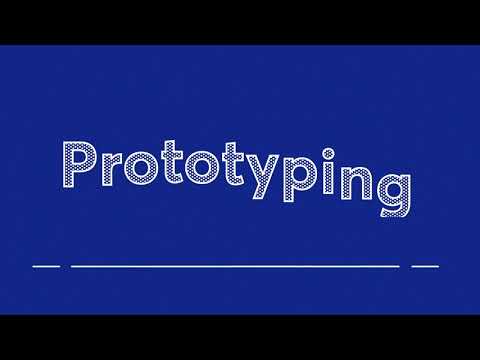
Which Prototype?
What: This tool helps you to choose the right type of prototype to test a new concept or solution for your project. Prototyping is a set of quick and small-scale tests that build your understanding of your concept.
Why: This tool is great when you have a clear hypothesis about a new solution, but you are still unsure how exactly the new solution should be designed for implementation.
By prototyping you will be able to get better feedback because people can see, touch, and/or feel your concept instead of just hearing an explanation about it. This will allow you to engage key stakeholders and improve your solution before longer-term, real context implementation in, for example, a pilot project. At the heart of prototyping is risk mitigation. Where there is uncertainty around a new solution, prototyping enables you to save time and money, while removing risks through cycles of testing with the communities we work with and/or partners.
Whatever your concept is a new service, a new product, or a new approach, there will be a prototyping approach that works for you.
When: Prototyping is particularly relevant in the design and planning phase of a project cycle when seeking to validate a new concept, for example, in the project inception phase. But it can also be useful tool during implementation if new concepts are added to existing projects.

